
Bison have long been symbols of the American West, iconic creatures that once roamed freely across vast plains. But did you know that some wild bison from Utah are crossing into Colorado, where they face a dangerous fate? While the state has long celebrated the buffalo, the laws protecting them don’t cross the border. Now, lawmakers are debating whether these majestic animals should be protected. Could this be the turning point for bison in Colorado?
What’s the Big Deal About SB25-053?
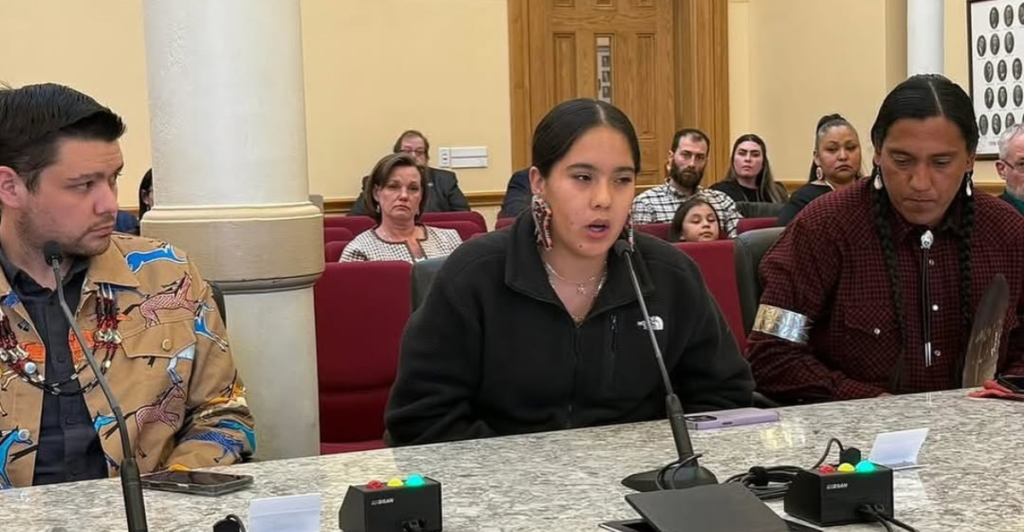
At the heart of Colorado’s bison debate is SB25-053—a bill that could redefine how the state treats these iconic animals. The legislation proposes classifying wild bison as “big game,” the same legal status given to elk, moose, and deer.
This would extend protections to bison crossing into Colorado from places like Utah’s Book Cliffs, where they are actively conserved. Without this reclassification, wild bison are treated as livestock and can be killed without regulation. Conservationists and tribal leaders argue that this bill not only protects an ecologically vital species but corrects a legislative blind spot.
For Indigenous communities who regard bison as sacred kin, and for wildlife managers concerned about species recovery, this shift would be more than symbolic—it would be foundational to long-term restoration goals.
How Did Bison Nearly Vanish from America?
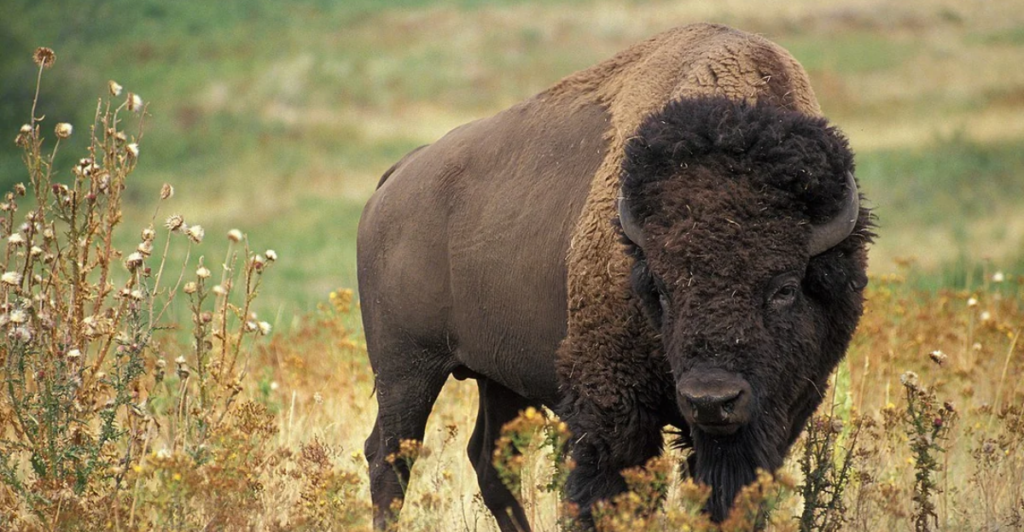
Once numbering between 60 and 80 million across North America, bison were nearly exterminated by the late 1800s. U.S. military campaigns, settler expansion, and mass commercial hunting reduced wild bison to fewer than 1,000 by the 1880s.
The extermination wasn’t accidental—it was a strategic move to suppress Native American tribes by destroying their primary food and spiritual resource. This historical trauma lingers. Today, wild bison exist on less than 1% of their ancestral range. Most herds are confined to national parks or tribal lands.
Their return isn’t just about ecology—it’s about confronting America’s colonial legacy. SB25-053 signals that Colorado may finally be willing to acknowledge this past and begin repairing its relationship with the land and its original stewards.
Why Are Bison Essential for Prairie Health?
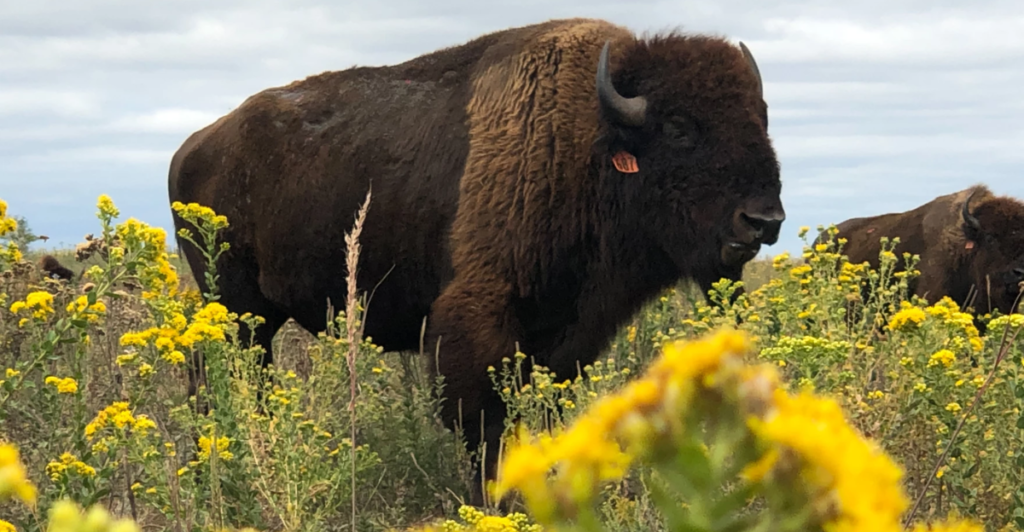
Bison aren’t just symbolic—they’re ecological engineers. Their heavy hooves aerate soil, their dung fertilizes plants, and their unique grazing habits promote biodiversity by preventing grassland domination by a few plant species.
Their wallows—shallow, dusty depressions—collect rainwater and serve as temporary wetlands for frogs and insects. These ripple effects help maintain healthy prairies that, in turn, support pollinators, carbon storage, and erosion control. Where bison thrive, so does the broader ecosystem.
In contrast to cattle, which tend to overgraze and trample riparian zones, wild bison balance the land’s needs. Restoring wild bison to parts of Colorado could revitalize degraded landscapes, making the state more climate-resilient in the face of warming temperatures and extreme weather.
What Do Bison Mean to Indigenous Communities?

For many Native American tribes, bison are not just animals—they’re relatives, spiritual guides, and symbols of resilience. Tribes such as the Southern Ute, Northern Arapaho, and Cheyenne have long considered bison integral to their cultural identity and ceremonies.
Andrew Gallegos of the Southern Ute Indian Tribal Council testified that “we see them as providers, not prey.” Protecting these animals honors generations of wisdom and acknowledges the deep loss suffered during their slaughter.
Many tribes are already leading their own bison restoration efforts, using them for food sovereignty, cultural revival, and land stewardship. Colorado’s bill would create new opportunities for state–tribal collaboration and affirm that wildlife policy must include Indigenous voices—not just as stakeholders, but as co-managers and rights holders.
Why Do Legal Loopholes Put Bison at Risk?

Wild bison that wander across the Utah–Colorado border face a jarring legal reality: they lose their protections the moment they cross state lines. In Colorado, unless bison are part of an official conservation herd, they’re legally considered livestock. That means anyone can shoot one without facing penalties.
The rarity of such killings doesn’t negate the systemic failure to protect vulnerable wildlife. SB25-053 seeks to close this loophole by giving Colorado Parks and Wildlife authority over wild bison, ensuring they are managed like other big game species.
It’s a fix rooted in common sense—bison don’t recognize political borders, and neither should the laws meant to protect them. If passed, this bill could become a blueprint for how states handle transboundary wildlife in the age of migration and climate change .
What About the Costs to Landowners?

Opponents argue that protecting wild bison could lead to property damage or conflict with livestock grazing. Yet Colorado already compensates landowners for damages caused by elk, moose, and deer through existing CPW programs.
The fiscal impact of SB25-053 is relatively minor: $75,000 in its first year for aerial surveys and planning, and $25,000 annually thereafter. For comparison, Colorado spent over $10 million on big game management in 2023 alone. The potential gains—in biodiversity, tourism, and cultural diplomacy—far outweigh the costs.
Moreover, a regulated population of wild bison could actually reduce conflicts by ensuring predictable migration paths and stakeholder coordination. Rather than a liability, wild bison could become an asset—economically and ecologically.].
Are Other States Doing This Too?
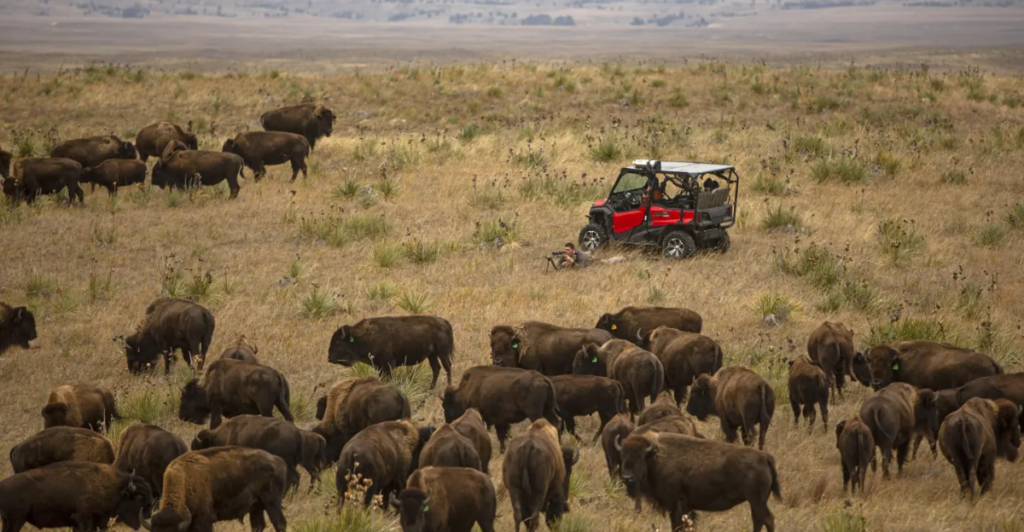
Colorado isn’t the only state wrestling with how to manage bison. In Montana, tribal bison herds have successfully been reintroduced to areas near the Flathead Reservation. Yellowstone’s herd, while iconic, is fenced in by political barriers that limit its natural expansion.
The Fort Peck and Fort Belknap reservations in Montana have led groundbreaking efforts in genetic conservation by working with the National Park Service to rehome bison with pure, wild genetics. Meanwhile, tribes in South Dakota, Oklahoma, and Arizona are part of the Buffalo Restoration Initiative, which aims to return 1 million bison to tribal lands.
If Colorado passes SB25-053, it won’t just be catching up—it could become a leader in wildlife governance that respects both ecosystems and sovereignty.
Should a Handful of Bison Spark a Legislative Shift?
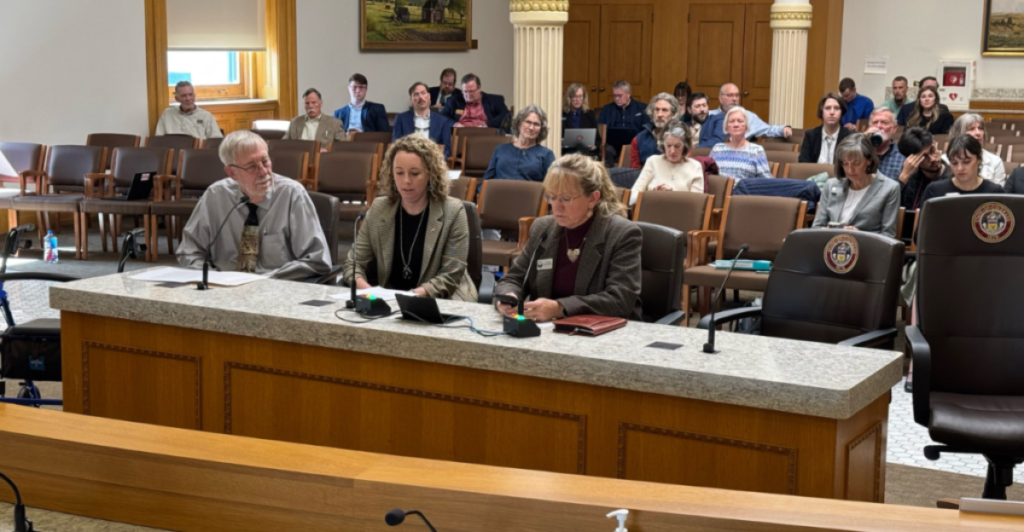
Skeptics say this is overkill—why change the law for a few bison? But the significance isn’t just about numbers; it’s about precedent. This legislation acknowledges that even a small population of wild animals deserves thoughtful protection.
It also reflects an evolving ethic in wildlife policy: one that values symbolic gestures as much as statistical impact. Much like early protections for the bald eagle or gray wolf, SB25-053 could spark a broader shift in how Americans view conservation—not as damage control but as moral leadership.
As climate change accelerates habitat shifts, this kind of legislation may become essential for other migratory species. Protecting bison today could help Colorado prepare for more complex cross-border ecological challenges tomorrow.
What Ripple Effects Could This Spark?
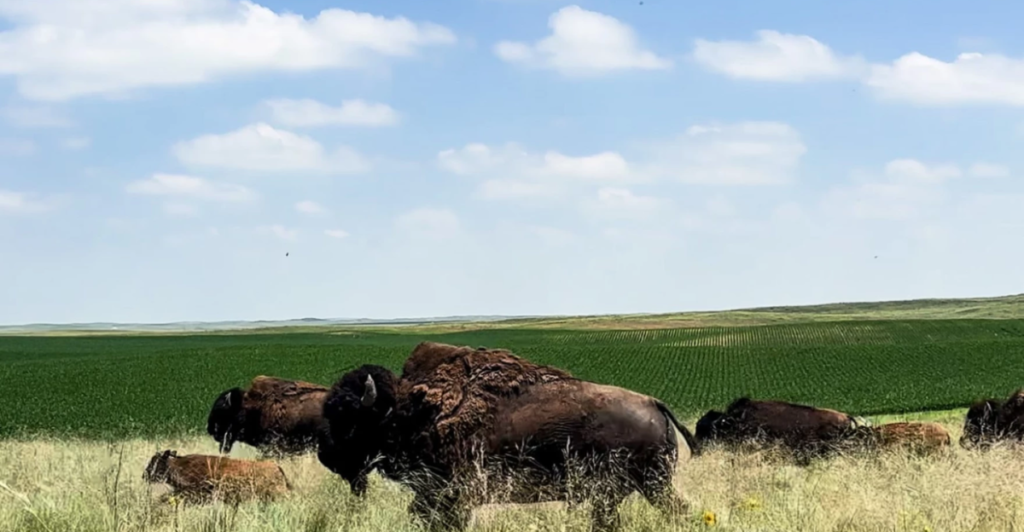
Beyond bison, SB25-053 could serve as a springboard for sweeping conservation innovation in Colorado. It could lead to better data-sharing between states, inspire habitat connectivity projects, and elevate tribal co-management of wildlife.
There’s also potential for economic growth through eco-tourism, educational programming, and bison-centered cultural festivals. Media attention surrounding the bill has already ignited public interest in broader conservation issues—from prairie restoration to climate resilience.
Just as wolves reshaped Yellowstone’s ecosystem and tourist economy, wild bison could do the same for parts of western Colorado. In a state known for its wild beauty, the return of bison could be both a literal and symbolic rewilding.
What Does Colorado Stand to Gain—or Lose?
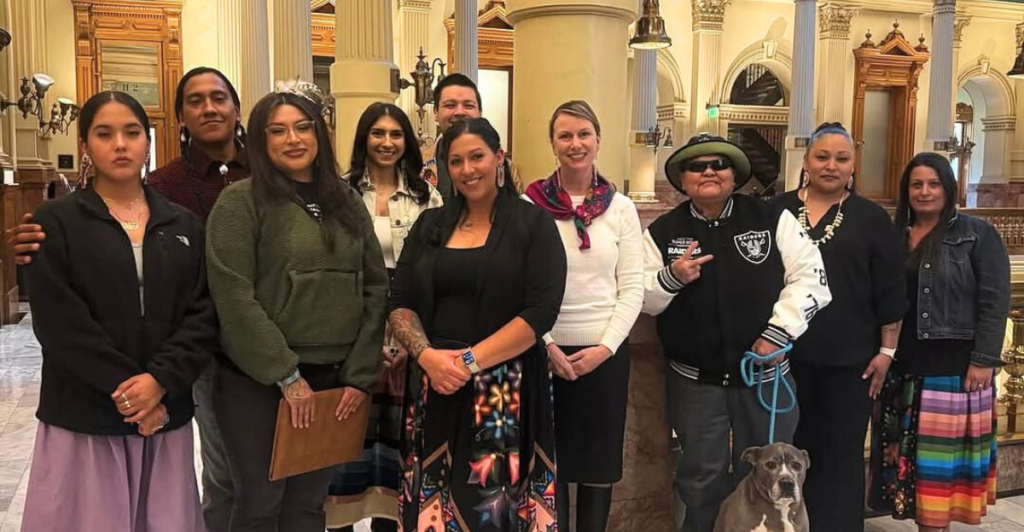
SB25-053 is about more than bison—it’s about vision. Will Colorado choose to become a leader in science-backed, culturally inclusive wildlife policy? Or will it allow gaps in the law to continue leaving these animals—and the communities that revere them—unprotected?
For a modest financial investment, the state can align with national restoration goals, honor Indigenous partnerships, and help stabilize a keystone species. Failure to act, however, could reinforce outdated frameworks that treat wildlife as property rather than shared heritage.
By passing SB25-053, Colorado would affirm that progress sometimes begins at the margins—with a few wild bison, wandering into a state still deciding who they really belong to.
Explore more of our trending stories and hit Follow to keep them coming to your feed!

Don’t miss out on more stories like this! Hit the Follow button at the top of this article to stay updated with the latest news. Share your thoughts in the comments—we’d love to hear from you!







